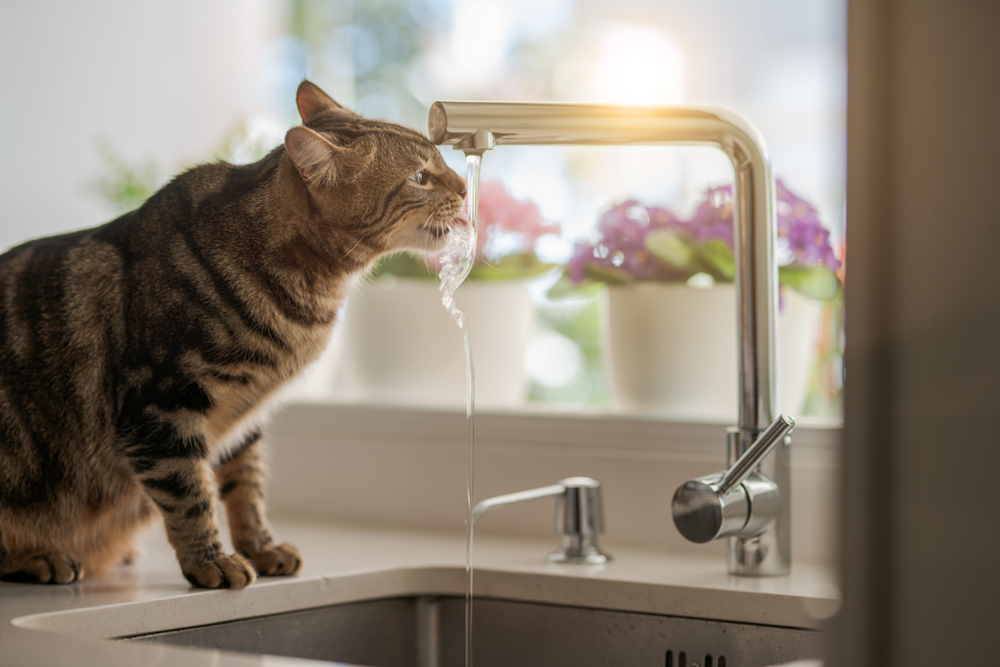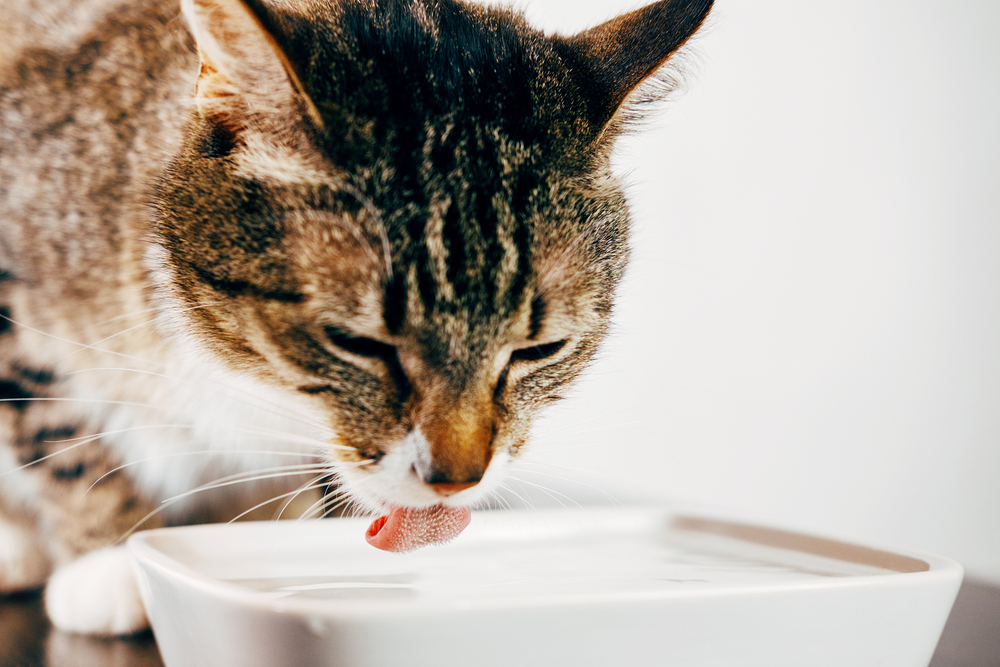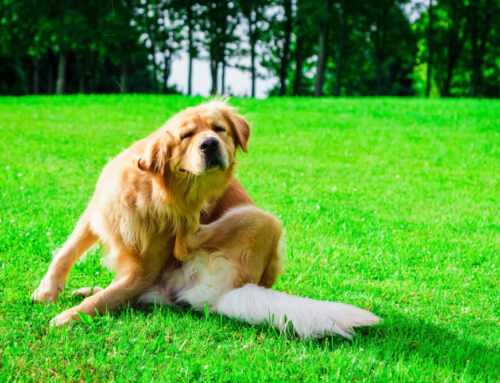By nature, cats do not drink much water, nor do they require more than a few ounces each day for basic bodily functions. Most cats who do not drink much water are perfectly healthy, but they also are more likely to develop urinary tract problems or constipation than cats who choose to drink more. Good hydration levels can dilute the urine and reduce the chances of bladder crystals, bladder stones, urethral blockage, and other feline lower urinary tract disease (FLUTD) signs.
Although more water is generally better, most cats do not have a high drive to drink, and getting them to take in more fluids can be challenging. Over time, the Oliver Animal Hospital team in South Austin has refined some tips and tricks to help cat owners keep their pets better hydrated and healthier at home.
#1: Provide canned or fresh cat food
An easy way to provide more water to your cat is to include it in their food. Canned food is a great option, because most cats already have been exposed to this food type in their lifetime. Cats who have not previously eaten canned food may struggle to accept a new diet, but a slow transition may help. Introduce the new canned food in tiny amounts at a time, either next to or mixed in with the dry diet. If your cat accepts the mixture, add increasing amounts over the next few weeks until the diet is all—or mostly—canned food. A few fresh food diets on the market may offer a similar increase in water content if you prefer to try them instead.
#2: Install a cat water fountain
Many cats find running water fascinating and enjoy both playing in and drinking from a specially designed cat water fountain. These come in many sizes, shapes, materials, and colors, so you’re sure to find one that matches your home decor and attracts your cat’s attention. In addition to creating interesting sounds and sights for your cat, the running and filtered fountain water tends to stay cleaner and taste better to them, encouraging them to drink more often.
The downside to a cat water fountain is that it requires regular filter cleaning or replacement, and you’ll need to disassemble the whole thing to thoroughly clean the interior components and bowl every few days.

#3: Let the kitchen faucet drip
Some cats like to play or drink from a dripping faucet, and if you’re OK with them gallivanting on the countertops, this can be a great way to increase water consumption without dealing with a hard-to-clean fountain. It also can provide your cat with mental enrichment similar to a water fountain. Many cats already spend time waiting for you to turn on the water, so let them drink as they please.
#4: Flavor your cat’s water
You can use a small amount of low-sodium chicken broth or a commercial product designed to add flavor to your cat’s water. This can encourage your cat to drink more from their regular bowl, and a little goes a long way. Ensure you clean the bowl and replace the flavoring at least once per day to avoid bacterial growth or the dreaded water bowl scum.
#5: Keep bowls clean and strategically placed
Cats are fastidiously clean creatures, and they will refuse to drink from a dirty or scummy bowl. Wash bowls frequently to encourage your cat to drink from them more often. If you rarely see your cat drink from any given bowl, you also can try replacing it with another material. If you currently use plastic, try glass or ceramic, or vice versa.
Bowl placement also can be an issue for cats. Water bowls should be directly next to food bowls to encourage drinks between food bites, and both food and water should be located in a different area from the litter boxes. Ensure food and water bowls are easily accessible, while still being protected from other household pets—elevating bowls to a low countertop can provide a safe eating and drinking space. If you have multiple cats, they each should have a separate bowl set to themselves.
Encouraging increased water consumption will help your cat stay hydrated, which can help to prevent kidney and bladder issues. Regular wellness visits with your Oliver Animal Hospital team are also important to ensure your hydration efforts are paying off and routine blood and urine test results remain in the normal ranges. Contact us if your cat is overdue for a wellness visit or for more ideas on helping them learn to drink more water.







Leave A Comment